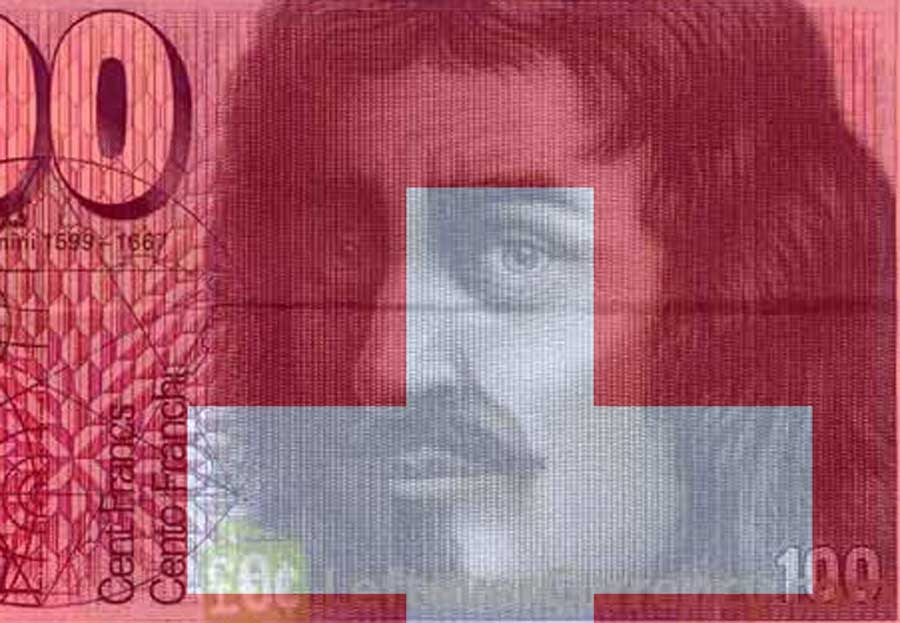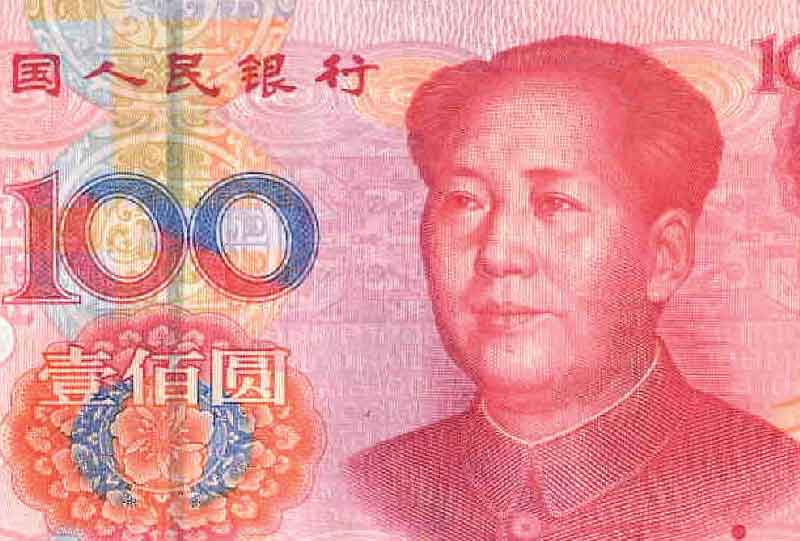Monetary Authority of Singapore
The Monetary Authority of Singapore (MAS) is the central bank of Singapore. The role of central banks is to preserve the value of money by keeping inflation low and stable. They do this by controlling the interest rate at which banks can borrow.
Interest rates, inflation, and exchange rates are all intrinsically linked. When the MAS manipulates interest rates this impacts both the inflation in Singapore and also the relative value of the Singapore dollar compared to other currencies.
The MAS typically announces policy decisions twice a year, around the middle of April and October.
Singapore’s currency is of special importance to the MAS. Unlike other central banks which tighten or ease monetary policy by adjusting a national interest rate, the MAS achieves the same end via management of Singapore dollar exchange rates – an unconventional method which has served the country well since its introduction in 1981.
Thus the value of the Singapore dollar is managed carefully is not actually truly free-floating. Its value is managed against a basket of currencies from the country’s major trading partners and the trade-weighted Singapore dollar exchange rate is restricted by the central bank to moves within a specified range, the boundaries of which are announced every six months, around the middle of April and October.
Read our guide to the Relationship between Interest Rates and Currencies.
Sending money to United States can be an expensive business, more so if you aren’t even aware of all the hidden fees. Money transfer companies and banks profit by charging you fees and a normally hidden margin on the exchange rate.
Using your Bank to make international wire transfers to India can be especially expensive – often 5% to 10% worse than using a foreign exchange specialist to send to United States bank accounts or pay a US dollar invoice.


